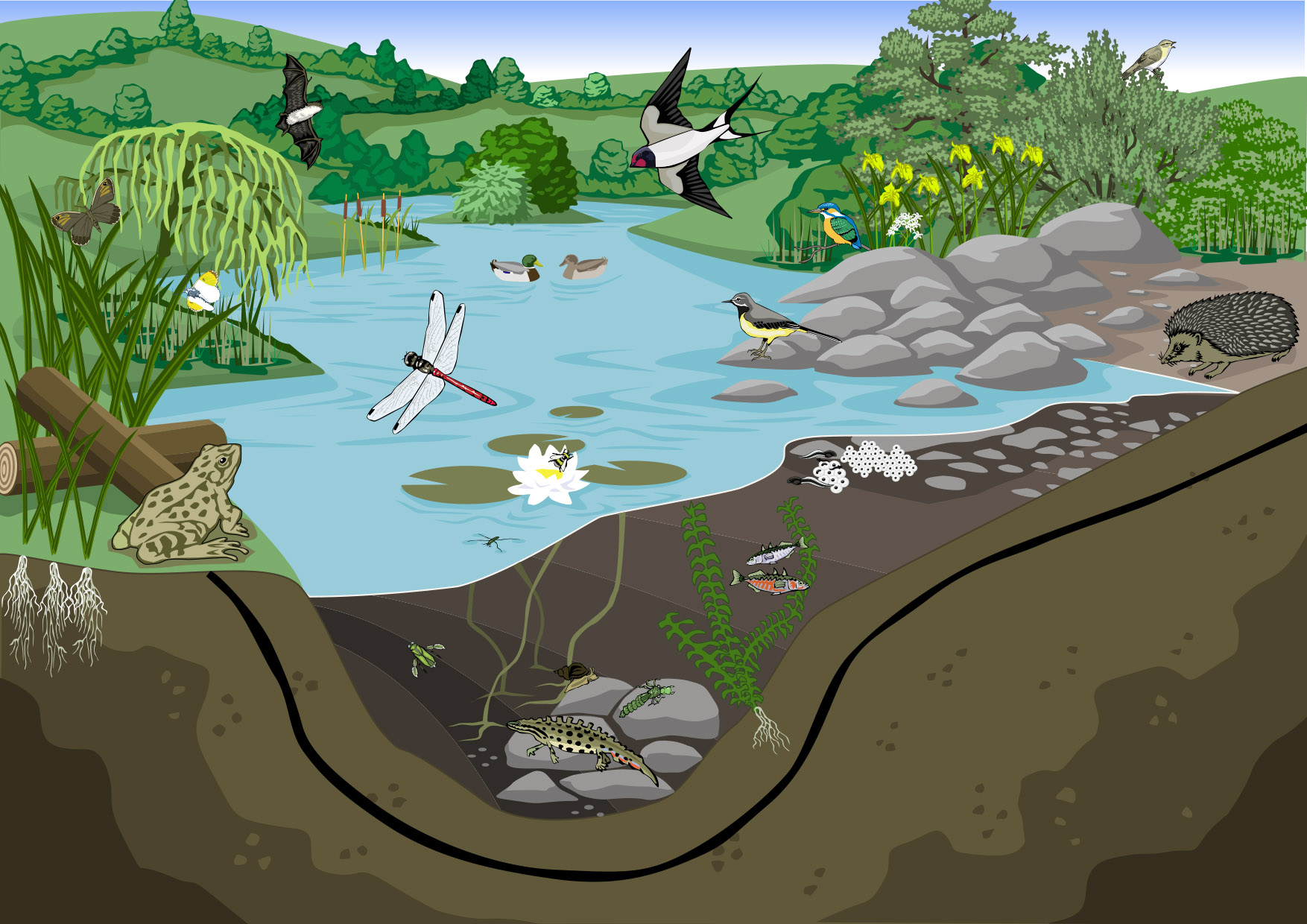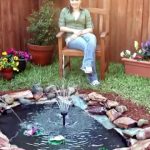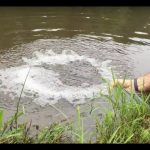Creating a large wildlife pond in your backyard can be a fantastic way to attract a diverse range of wildlife and create a beautiful and tranquil environment. Whether you’re a wildlife enthusiast, a nature lover, or just someone who enjoys spending time outdoors, building a large wildlife pond can be a rewarding and fulfilling project. In this guide, we’ll take you through the steps to build a large wildlife pond that will provide a habitat for a variety of plants and animals, and enhance the natural beauty of your outdoor space.
Step 1: Planning and Design
Before you start digging, it’s essential to carefully plan and design your wildlife pond. Consider the size and shape of the pond, the location, and the surrounding landscape. A large wildlife pond should ideally be at least 50 square meters in size to support a diverse ecosystem. Choose a spot that receives a good amount of sunlight but also has some shaded areas, and take into account the natural slope of the land to create different depths within the pond.
When designing your pond, aim to include shallow areas, gently sloping edges, and deeper zones to provide a variety of habitats for different species. Incorporating features such as islands, shelves, and planting zones can further enhance the pond’s biodiversity. Research the types of wildlife that are native to your area and design the pond to accommodate their specific needs.
Step 2: Digging the Pond
Once you have a clear plan in place, it’s time to start digging. Use a rope or hose to outline the shape of the pond and mark the areas for different depths. It’s a good idea to rent a small excavator or hire a professional to do the digging, especially for a large pond. Start by excavating the shallow areas and work your way towards the deeper sections. Create shelves and planting zones around the edges of the pond to provide a variety of habitats for wildlife.
When digging, be mindful of the soil and use it to create mounds, islands, and other features within the pond. This will help to add visual interest and provide additional habitats for plants and animals. Keep the soil that you excavate to use for landscaping around the pond later on.
Step 3: Installing a Pond Liner
Once the pond has been dug to the desired shape and depth, the next step is to install a pond liner to prevent water from seeping into the surrounding soil. Choose a high-quality pond liner that is durable and resistant to punctures. Lay the liner carefully, smoothing out any wrinkles and ensuring a snug fit. Use rocks or bricks around the edges to hold the liner in place temporarily.
Trim off any excess liner, leaving a few feet of overlap around the edges. This will allow you to secure the liner in place and create a clean edge. Consider using an underlayment beneath the liner to provide an extra layer of protection and cushioning.

Credit: www.youtube.com
Step 4: Adding Water and Establishing the Ecosystem
Once the liner is in place, it’s time to fill the pond with water. Use a garden hose or arrange for a water delivery if necessary. Allow the water to sit for a few days to dechlorinate and reach a suitable temperature before introducing any plants or wildlife.
As the pond begins to fill, you can start adding aquatic plants to establish the ecosystem. Choose a variety of native plants such as water lilies, irises, and rushes to provide cover, food, and oxygen for the wildlife. Introduce submerged, floating, and marginal plants to create a balanced and thriving aquatic environment.
Step 5: Establishing the Surrounding Habitat
Creating a large wildlife pond isn’t just about the water – it’s also about the surrounding habitat. Enhance the area around the pond by planting native trees, shrubs, and wildflowers to provide food and shelter for a wide range of wildlife. Consider creating a buffer zone of native vegetation to help filter runoff and provide additional habitat for birds, insects, and amphibians.
Building bird boxes, bat boxes, and insect hotels can further enhance the biodiversity of the area. Add logs, rocks, and other natural features to create a diverse and welcoming habitat for wildlife. Avoid using pesticides and herbicides in the vicinity of the pond to protect the wildlife and maintain a healthy ecosystem.

Credit: www.farmingfornature.ie
Step 6: Maintenance and Monitoring
Once your large wildlife pond is established, it’s important to regularly maintain and monitor the ecosystem. Remove any invasive plants, control algae growth, and monitor the water quality to ensure a healthy and balanced environment. Periodically check the condition of the pond liner and make any necessary repairs to prevent leaks or damage.
Observe the wildlife that visits the pond and keep a record of the species that inhabit the area. Encourage natural processes and allow the pond to evolve over time, but be proactive in managing any issues that may arise. Regular maintenance and monitoring will help to ensure that your wildlife pond remains a thriving and biodiverse habitat for years to come.
Conclusion
Building a large wildlife pond is a wonderful way to create a sustainable and biodiverse habitat in your own backyard. By carefully planning and designing the pond, establishing a balanced ecosystem, and maintaining the habitat, you can attract a wide variety of wildlife and enjoy the beauty of nature up close. Whether it’s birds, amphibians, insects, or aquatic plants, a large wildlife pond can provide a haven for countless species and bring joy and tranquility to your outdoor space.
Take the time to research and plan your wildlife pond, and consider seeking advice from local conservation organizations or wildlife experts. By following these steps and dedicating time and effort to the project, you can create a large wildlife pond that will enrich your outdoor environment and support the local ecosystem for years to come.





